Wichtige Dokumente
774022
Yttrium(III)-oxid
sputtering target, diam. × thickness 2.00 in. × 0.25 in., 99.99% trace metals basis
Synonym(e):
Yttria
About This Item
Empfohlene Produkte
Assay
99.99% trace metals basis
Form
powder
Eignung der Reaktion
core: yttrium
Durchm. × Dicke
2.00 in. × 0.25 in.
mp (Schmelzpunkt)
2410 °C (lit.)
Dichte
5.01 g/mL at 25 °C (lit.)
SMILES String
O=[Y]O[Y]=O
InChI
1S/3O.2Y
InChIKey
SIWVEOZUMHYXCS-UHFFFAOYSA-N
Suchen Sie nach ähnlichen Produkten? Aufrufen Leitfaden zum Produktvergleich
Anwendung
Yttrium oxide sputtering target can be used for physical vapor deposition of thin films of yttria stabilized zirconia layers for IT-SOFC. Yttrium containing films are used as thermal barrier and protective coatings in thermoelectric devices, rare earth doped yttrium oxide films are studied for phosphor applications.
Lagerklassenschlüssel
13 - Non Combustible Solids
WGK
WGK 1
Flammpunkt (°F)
Not applicable
Flammpunkt (°C)
Not applicable
Hier finden Sie alle aktuellen Versionen:
Analysenzertifikate (COA)
Die passende Version wird nicht angezeigt?
Wenn Sie eine bestimmte Version benötigen, können Sie anhand der Lot- oder Chargennummer nach einem spezifischen Zertifikat suchen.
Besitzen Sie dieses Produkt bereits?
In der Dokumentenbibliothek finden Sie die Dokumentation zu den Produkten, die Sie kürzlich erworben haben.
Kunden haben sich ebenfalls angesehen
Artikel
Nanocomposite Coatings with Tunable Properties Prepared by Atomic Layer Deposition
Spin-based electronic (spintronic) devices offer significant improvement to the limits of conventional charge-based memory and logic devices which suffer from high power usage, leakage current, performance saturation, and device complexity.
The properties of many devices are limited by the intrinsic properties of the materials that compose them.
Unser Team von Wissenschaftlern verfügt über Erfahrung in allen Forschungsbereichen einschließlich Life Science, Materialwissenschaften, chemischer Synthese, Chromatographie, Analytik und vielen mehr..
Setzen Sie sich mit dem technischen Dienst in Verbindung.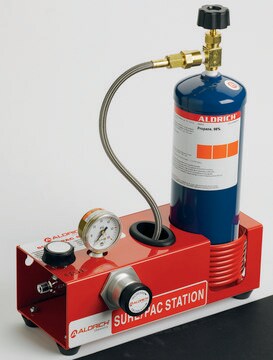


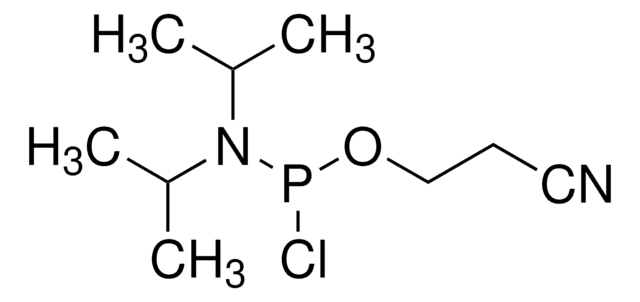
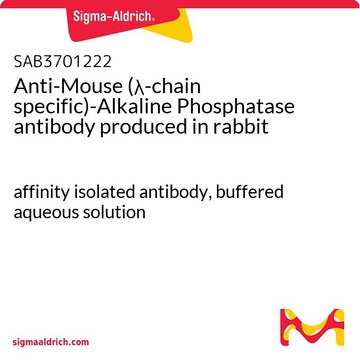

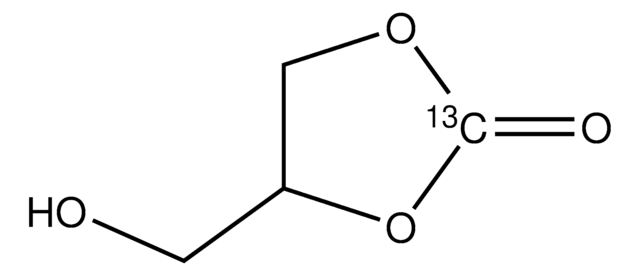
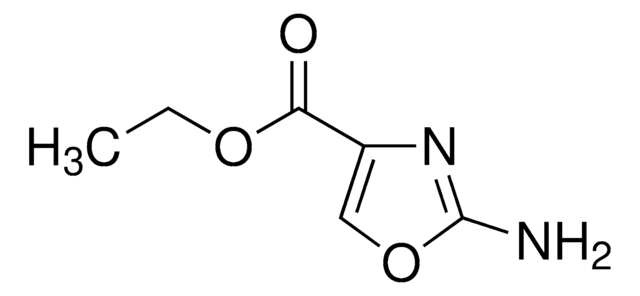
![Poly[4,5-difluor-2,2-bis(trifluormethyl)-1,3-dioxol-co-tetrafluorethylen] dioxole 87 mol %](/deepweb/assets/sigmaaldrich/product/structures/951/320/21327fcd-4960-402d-8ae1-bf2e379cb2e2/640/21327fcd-4960-402d-8ae1-bf2e379cb2e2.png)

